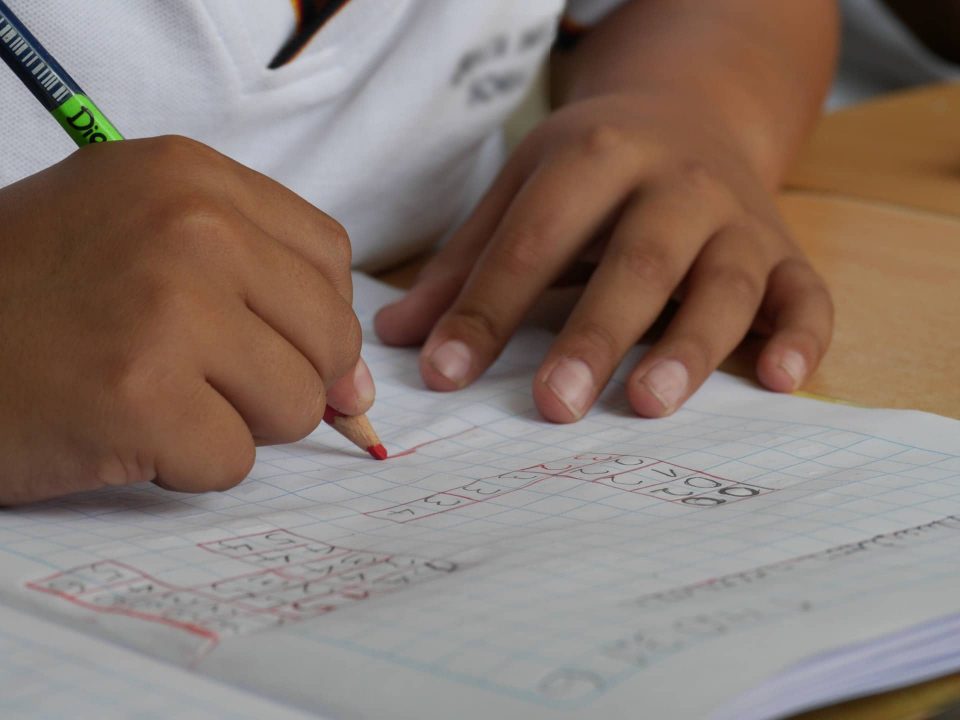The National Education Policy, introduced on 29 July 2020, is a change that came after three decades, the last policy being introduced in 1986. Aiming to build a globally viable education system, the Indian education system will be based on the pillars of academic plus vocational fundamentals. One of the major shifts includes the reformation in the school system from the existing 10+2 model to 5+3+3+4 design.
How will it affect the school system? Let’s find out.
Division of 5+3+3+4
STAGE 1- Foundational Stage (3-8 years age group)
The foundational stage will be divided into two: 3 years of preschool/ playschool/Anganwadi and two years for Grades 1 and 2. It will include play/activity-based learning and alongside will focus on behaviour, personal and public hygiene/cleanliness, teamwork & cooperation and learning exercises.
With the New Education Policy 2020, the existing playschools will come under the formal education system.
STAGE 2- Preparatory Stage (age group of 8-11 years)
In the preparatory group, there will be a transition of learning method from play-based to more formal but interactive classroom learning with introducing new subjects. The focus will be on subjects like reading, writing, speaking, physical education, art, languages, science, and mathematics.
STAGE 3- Middle Stage (students of grades 6 to 8 between ages 11-14)
Abstract concepts in subjects including sciences, mathematics, arts, social sciences, and humanities will be introduced to the students.
STAGE 4- Secondary Stage (14-18 years)
This stage comprises two sub-stages: covering grades 9 and 10 in the first phase and grades 11 and 12 in the second. There will be four years of multidisciplinary study, with greater depth, greater critical thinking, greater attention to life aspirations, and greater flexibility and student choice. The High School Stage may also allow exposure to more subjects and enable greater flexibility.
The New Education Policy 2020 will also provide the students with an option of exiting during grade 10 and re-entering at a later stage in grade 11.
The assessment system will be comprehensive and shall use artificial intelligence to show the learning outcome and other follow-ups in line with shortcomings and rectifications required for each individual student.
The New Education Policy also focuses on merging curricular, extracurricular, and co-curricular activities. Apart from this, subjects such as physical education, the arts and crafts, and vocational skills, besides science, humanities, and mathematics, will be incorporated throughout the existing school curriculum, alongside.
Emphasis will be laid on integrating vocational education and internships from grades six onwards.
With an aim to equipping students with new skills, Carpentry, electric work, metal-work, gardening, pottery making, etc., are to be introduced during grades 6-8, as decided by states and local communities. This is to ensure that at least 50 percent of the students, by 2025, have comprehensive exposure to vocational education.
As per the proposal, a ten-day bagless period will be introduced in grades 6 to 8, wherein students will get a chance to intern with local vocational experts.
Coding is set to be introduced to students of grades 6 onwards.
To access the entire policy, you can click here.




